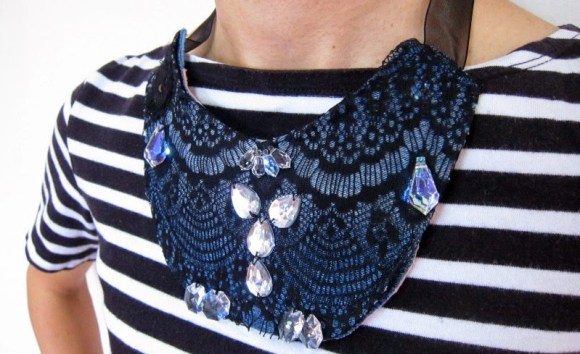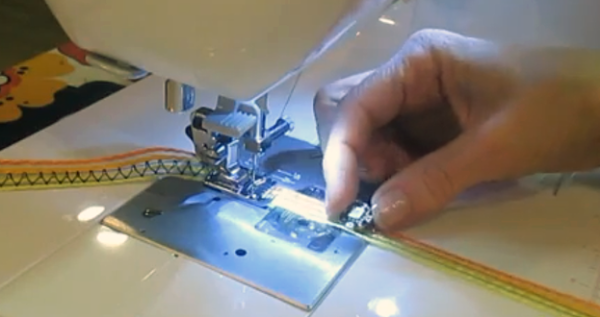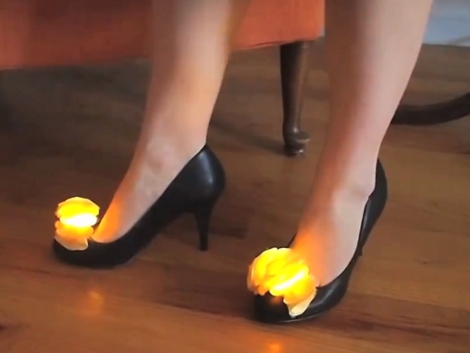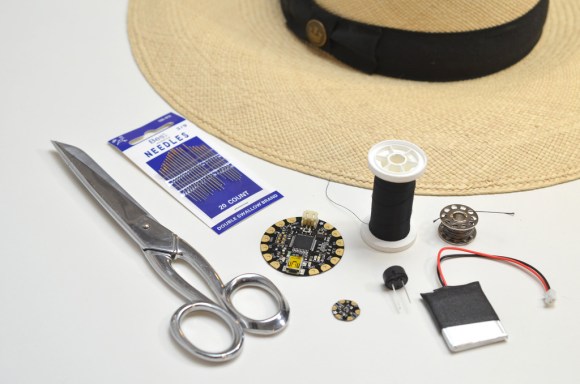
Just about anyone can build this UV index sensing wearable that detects heat rays from the sun and reminds the user to put on sunscreen. There is no soldering required, which makes this a nice beginners projects for those unfamiliar with hooking up electronic sensors.
All that is needed is a FLORA main board, one UV index sensor, a piezo Buzzer, a 500mAh lipoly battery, 2-ply conductive thread, a couple of household tools, and your favorite summer’s hat.
Once the materials have been rounded up, the rest of the process is relatively simple. Threading the FLORA in and place and connecting the Piezo only takes a few minutes. Then the UV sensor is added allowing the hat to start collecting data. A little bit of coding later, and the whole system is ready to be worn out in the sun.
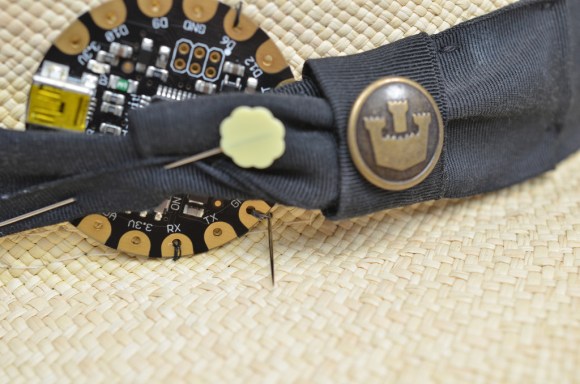
What’s great about this project is that the hat can be programmed to play a song when it is time to apply more sunscreen. Everyone from beach bums, to sun-bathing beauties, to music festival attendees will be able to find this hat useful. And, it is cheap and easy to make.
The video on the Adafruit tutorial page shows how simple it is to rig up the system.
Continue reading “Hats With Sunblock Reminders Are Easy To Make”

